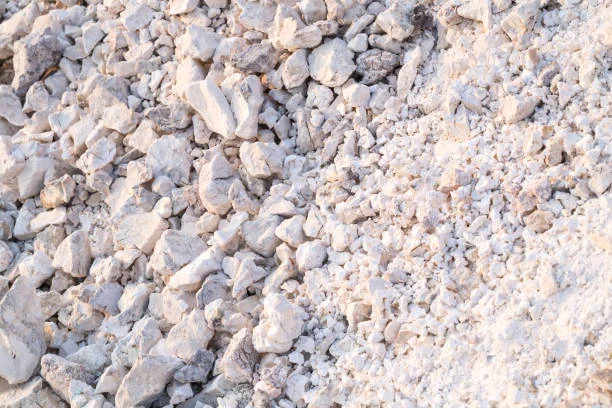
Introduction
In various industrial and chemical processes, the use of sodium cyanide in combination with auxiliary agents such as sulfuric acid and lime can lead to interesting and important synergistic effects. These combinations are widely applied in fields like gold extraction, mineral processing, and certain chemical syntheses. Understanding the underlying mechanisms and practical applications of these synergistic actions is crucial for optimizing processes, improving efficiency, and ensuring safety.
Synergistic Effects in Gold Extraction
Sodium Cyanide and Lime
In gold mining, sodium cyanide is a key reagent for dissolving gold from ores, and lime is often used alongside it. Lime's main function is to adjust the pH of the ore pulp. By increasing the pH to a range of 10 - 11. lime helps prevent the formation of hydrogen cyanide gas from the breakdown of sodium cyanide. In this alkaline environment, the conditions are ideal for the ions necessary to dissolve gold to form.
Lime not only stabilizes the relevant ions but also influences the surface properties of the ore minerals. It can suppress the flotation of certain unwanted minerals, improving the selectivity of gold extraction. For example, in some ores, sulfide minerals like pyrite can interfere with gold extraction. Lime inhibits the flotation of pyrite by creating a hydrophilic layer on its surface, allowing the gold - bearing minerals to be effectively dissolved by sodium cyanide. Additionally, lime can prevent the consumption of cyanide by other metal ions in the ore. It does this by causing some of these metal ions to precipitate as hydroxides, minimizing their interaction with cyanide and enhancing gold extraction efficiency.
Sodium Cyanide and Sulfuric Acid
In some chemical processes, sodium cyanide and sulfuric acid are used together. For instance, in the synthesis of certain organic compounds like nitriles, sulfuric acid reacts with sodium cyanide to generate hydrogen cyanide gas directly in the reaction environment. This in - situ generation of hydrogen cyanide can be used in reactions where a continuous supply of it is required. In the production of an important nylon intermediate, adiponitrile, the hydrogen cyanide generated from sodium cyanide and sulfuric acid participates in a series of reactions involving butadiene.
Sulfuric acid can also act as a catalyst in some reactions involving sodium cyanide. In the synthesis of diaminomaleonitrile, sodium cyanide, when combined with a catalyst such as a soluble metal sulfate and sulfuric acid, can efficiently produce the desired product. Sulfuric acid aids in the initial formation of hydrogen cyanide from sodium cyanide, and the metal sulfate catalyst not only keeps the generated hydrogen cyanide from escaping but also promotes its polymerization, significantly increasing the yield.
Synergistic Effects in Mineral Processing for Metal Separation
Copper - Nickel Separation
In the separation of copper - nickel mixed concentrates, a combination of lime and sodium cyanide can be used for selective inhibition. Nickel - bearing minerals are often more easily oxidized compared to copper - bearing minerals. Lime is first added to the ore pulp to adjust the pH and remove the collector from the surface of the minerals. Then, a small amount of sodium cyanide is added. Sodium cyanide selectively inhibits the flotation of nickel - bearing minerals by forming stable complexes with nickel ions on their surface, creating a hydrophilic layer that stops collectors from adhering. The addition of lime enhances the stability of the cyanide ions in the pulp and promotes the oxidation of nickel - bearing minerals, strengthening the inhibitory effect. This allows for the effective separation of copper and nickel, with copper being floated while nickel remains in the tailings.
The ratio of lime to sodium cyanide and the order in which they are added are crucial for optimizing the separation process. In some cases, pre - treating the ore pulp with lime for a certain period before adding sodium cyanide can lead to better separation efficiency. Precise pH control of the pulp is also essential. If the pH is too low, the effectiveness of sodium cyanide as an inhibitor may decrease due to the formation of hydrogen cyanide gas. Conversely, if the pH is too high, excessive precipitation of metal hydroxides may occur, affecting the separation process.
Safety Considerations in Using Sodium Cyanide with Auxiliary Agents
Sodium cyanide is extremely toxic and can release highly poisonous hydrogen cyanide gas. When working with sodium cyanide and its combinations with auxiliary agents, strict safety measures are necessary. This includes having proper ventilation systems, using personal protective equipment like gas - tight suits, gloves, and respirators, and having emergency response plans for spills or leaks.
Sulfuric acid is a strong and corrosive acid. When used with sodium cyanide, precautions must be taken to prevent accidental mixing that could lead to the rapid generation of hydrogen cyanide gas. Storage and handling of sulfuric acid should follow standard safety procedures for corrosive substances, including using corrosion - resistant containers and appropriate safety gear for personnel.
The use of sodium cyanide and auxiliary agents in industrial processes can have significant environmental impacts. Discharging cyanide - containing waste can be extremely harmful to aquatic life. Thus, proper treatment of wastewaters is vital. For example, in gold mining operations, alkaline chlorination is often used to treat cyanide - containing wastewaters, converting cyanide ions into less harmful cyanate ions, which can then be further broken down. Similarly, the disposal of waste products containing sulfuric acid or lime - related by - products must comply with environmental regulations to avoid soil and water pollution.
Conclusion
The synergistic effects of sodium cyanide with auxiliary agents such as sulfuric acid and lime have diverse applications across industries from mining to chemical synthesis. These combinations can boost process efficiency, increase product yields, and enable the separation of valuable metals. However, due to the toxicity of sodium cyanide and the corrosive nature of sulfuric acid, strict safety and environmental precautions are essential. Further research in this area may lead to the development of more efficient and environmentally friendly processes that make better use of these synergistic effects.
- Random article
- Popular articles
- Popular comments
- Branch serial flow flotation process for lead-zinc ore
- Nickel ore magnetic separation+flotation combined process(Sulfide ore)
- Lithium ore positive flotation process
- Zirconium Ore Separation: Gravity and Magnetic Methods
- Zirconium Ore Processing: Gravity, Magnetic, and Electric Separation
- Rutile Processing: Gravity, Magnetic, Flotation, Electric Separation
- Essential Guide to Tantalum-Niobium Ore Flotation Process







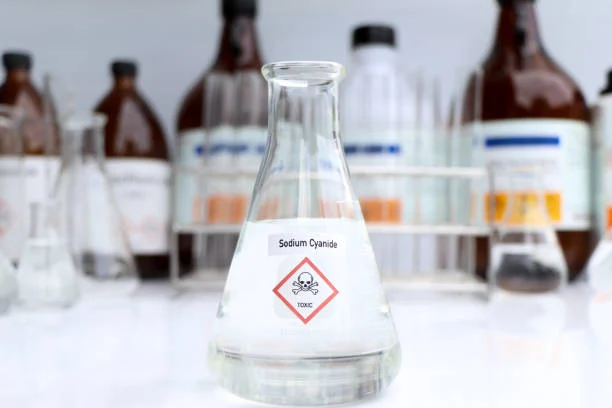

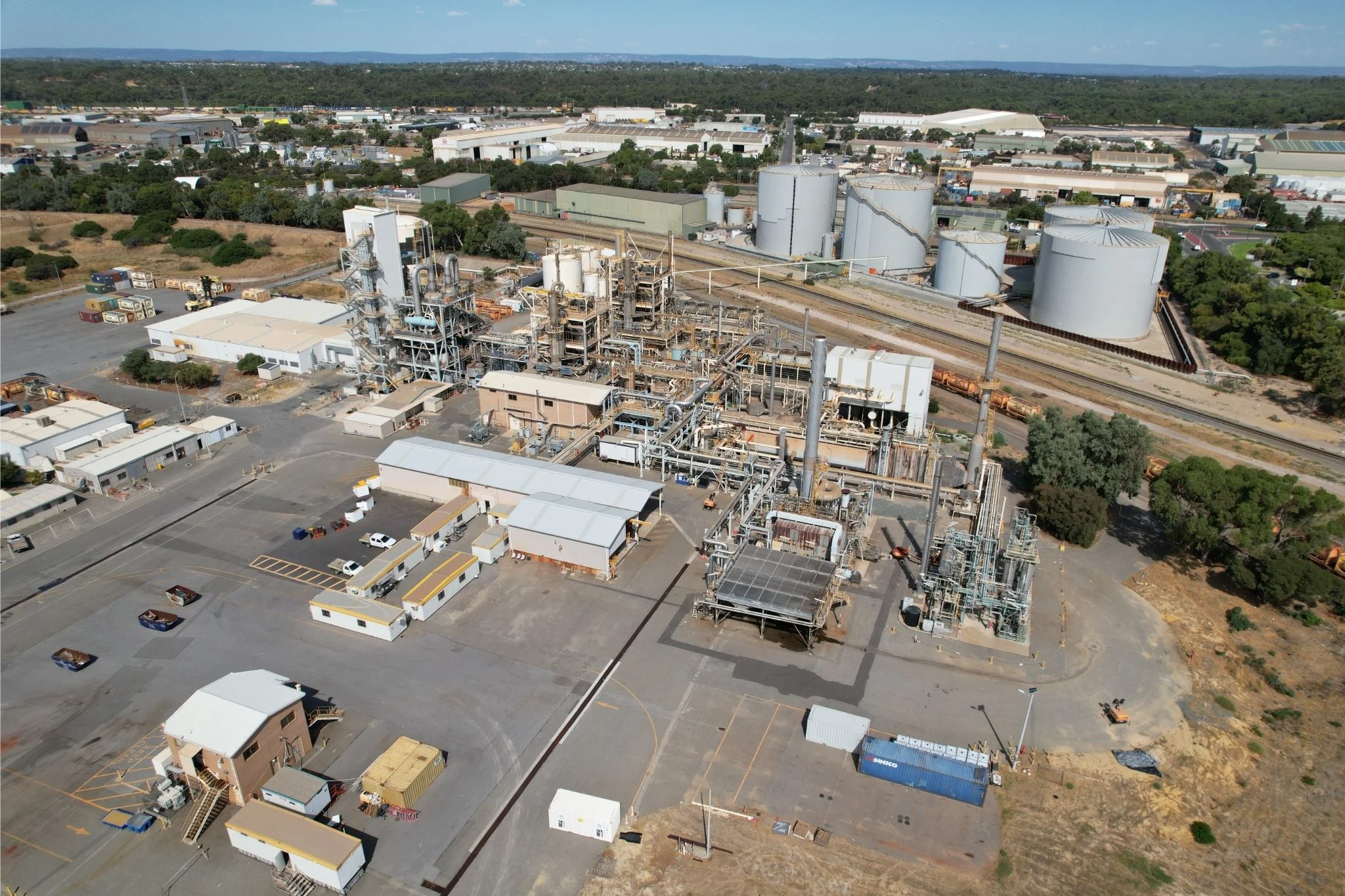
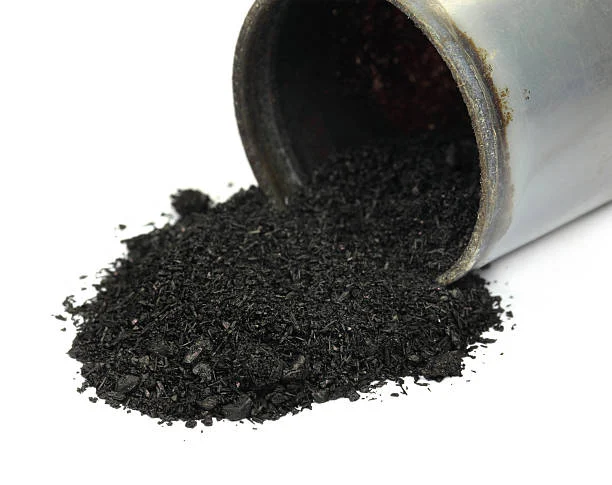
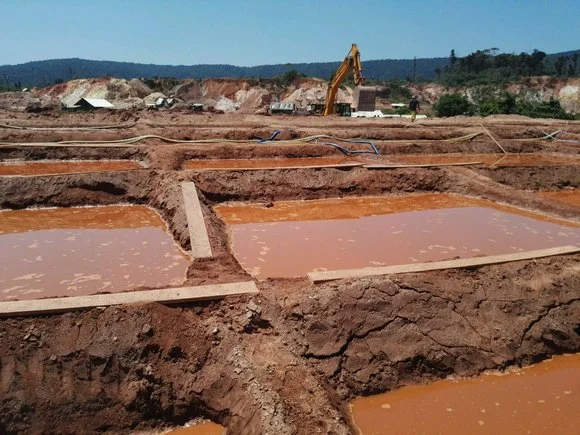
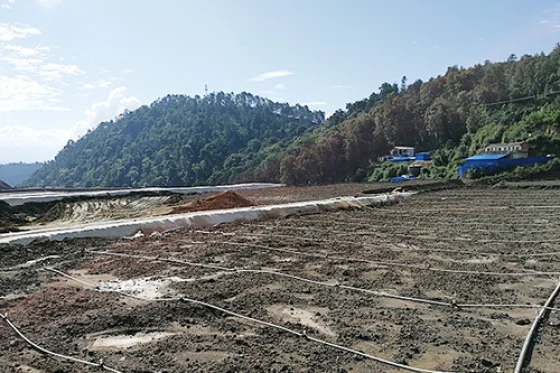


Leave a message with your needs or comments
Add comment: